Sealife guideThe silvertip sharkCarcharhinus albimarginatus
Last updated on 01/22/2025 at 11:36 PM
Taxonomy
- Common name: Silvertip shark
- French name: Requin pointe blanche, requin à pointes blanches de récif
- Spanish name: Tiburón puntas blancas
- Scientific name: Carcharhinus albimarginatus (Rüppell, 1837)
- Family name: Carcharhinidae
- Order name: Carcharhiniformes
- Class name: Elasmobranchii
Description
The silvertip shark has the typical shark appearance with a streamlined body and a conical head. Its coloration is dark gray on the dorsal side and whitish on the ventral side. The silvertip shark is distinguished by a sharp white band that borders the tips and rear edges of all its fins, especially its first dorsal fin, pectoral fins and tail.

The silvertip shark (Carcharhinus albimarginatus) © Nicolás Sánchez Biezma | Dreamstime.com
Adult silvertip sharks typically measure around 5 to 6.5 feet in length, but females, whose maximum size exceeds that of males, can reach up to 10 feet in length.
Geographic range
The silvertip shark is found in the tropical and temperate waters of the Indian ocean, the Pacific ocean and the Red sea.
Habitat
The silvertip shark is commonly found in the shallow waters of coral reefs and coastal areas but it can also inhabit deeper waters.
Diet
The silvertip shark is an active and agile predator that feeds primarily on fish and cephalopods.
Did you know ?
Be careful not to confuse the silvertip shark with the oceanic whitetip shark which has similar distinctive white markings but inhabits offshore waters, hence its name and is characterized by the very rounded tips of its fins.

The silvertip shark (Carcharhinus albimarginatus) © Yann Hubert | Dreamstime.com
The silvertip shark is listed as many other marine species within The IUCN Red List of threatened species. The silvertip shark appears in the IUCN Red List since 2021 within the category Vulnerable !
Within the same genus
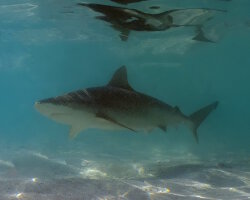
Blacknose shark
(Carcharhinus acronotus)
(Carcharhinus acronotus)
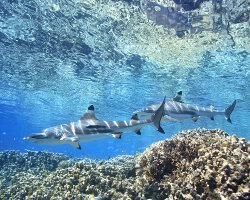
Blacktip reef shark
(Carcharhinus melanopterus)
(Carcharhinus melanopterus)
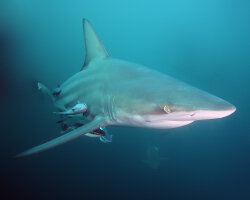
Blacktip shark
(Carcharhinus limbatus)
(Carcharhinus limbatus)
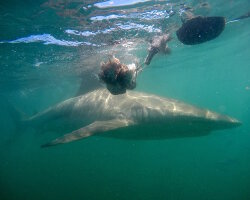
Copper shark
(Carcharhinus brachyurus)
(Carcharhinus brachyurus)
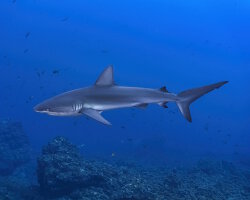
Galapagos shark
(Carcharhinus galapagensis)
(Carcharhinus galapagensis)
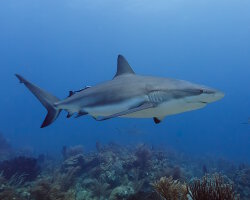
Grey reef shark
(Carcharhinus amblyrhynchos)
(Carcharhinus amblyrhynchos)

Sandbar shark
(Carcharhinus plumbeus)
(Carcharhinus plumbeus)
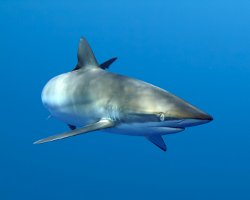
Silky Shark
(Carcharhinus falciformis)
(Carcharhinus falciformis)
Within the same family
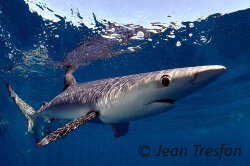
Blue shark
(Prionace glauca)
(Prionace glauca)
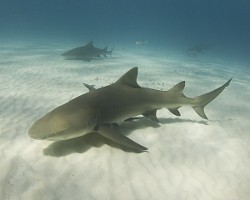
Lemon shark
(Negaprion brevirostris)
(Negaprion brevirostris)
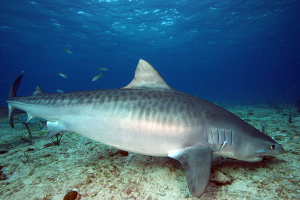
Tiger shark
(Galeocerdo cuvier)
(Galeocerdo cuvier)
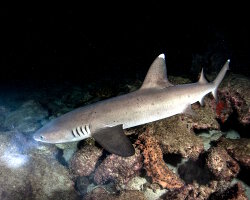
Whitetip reef shark
(Triaenodon obesus)
(Triaenodon obesus)
Discover also
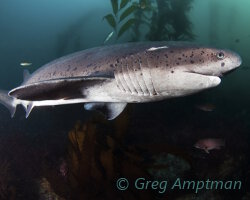
Broadnose sevengill shark
(Notorynchus cepedianus)
(Notorynchus cepedianus)
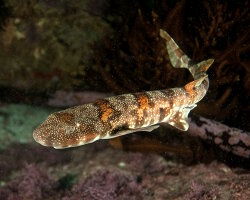
Dark shyshark
(Haploblepharus pictus)
(Haploblepharus pictus)
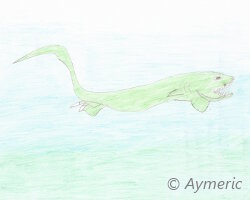
Frilled shark
(Chlamydoselachus anguineus)
(Chlamydoselachus anguineus)
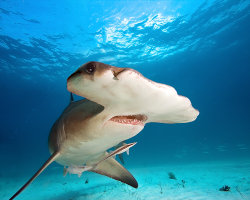
Great hammerhead shark
(Sphyrna mokarran)
(Sphyrna mokarran)
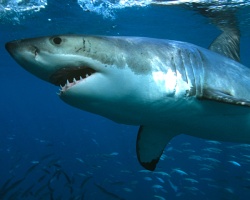
Great white shark
(Carcharodon carcharias)
(Carcharodon carcharias)
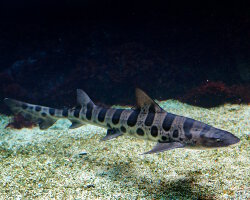
Leopard shark
(Triakis semifasciata)
(Triakis semifasciata)
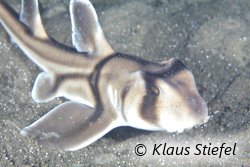
Port Jackson shark
(Heterodontus portusjacksoni)
(Heterodontus portusjacksoni)
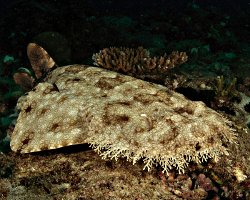
Tasselled wobbegong
(Eucrossorhinus dasypogon)
(Eucrossorhinus dasypogon)
Our latestUpdates

Friday, December 19th 2025
The magic of Christmas decorations
Discover Christmas decorations in Florida: giant trees, illuminated palm trees, magical light displays and tropical settings to experience the holiday magic under the sun.
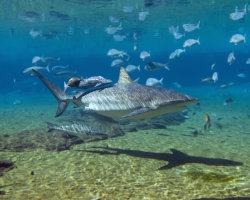
Monday, December 15th 2025
The dusky shark
Discover the dusky shark, one of the world's largest coastal sharks, and learn why this powerful predator is essential to marine ecosystems.

Friday, December 12th 2025
Christmas magic at Disney hotels
Experience the magic of Christmas at Disney hotels: enchanting decorations, giant Christmas trees, dazzling lights and a festive holiday atmosphere.
Photo of the Day
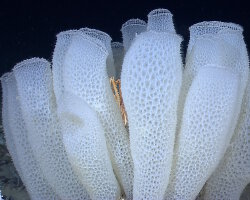
Corbeille de Vénus
(Euplectella aspergillum)
(Euplectella aspergillum)
